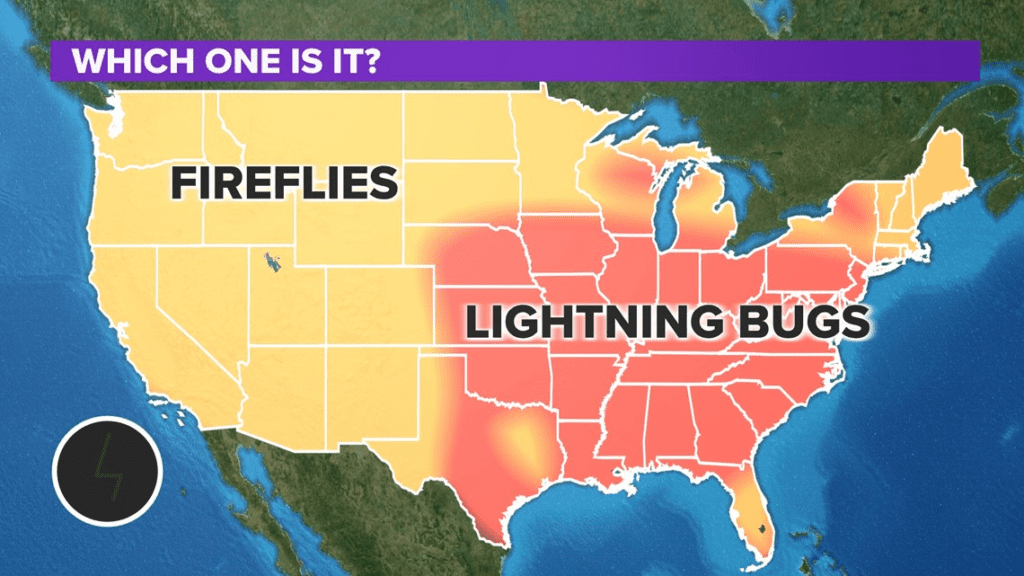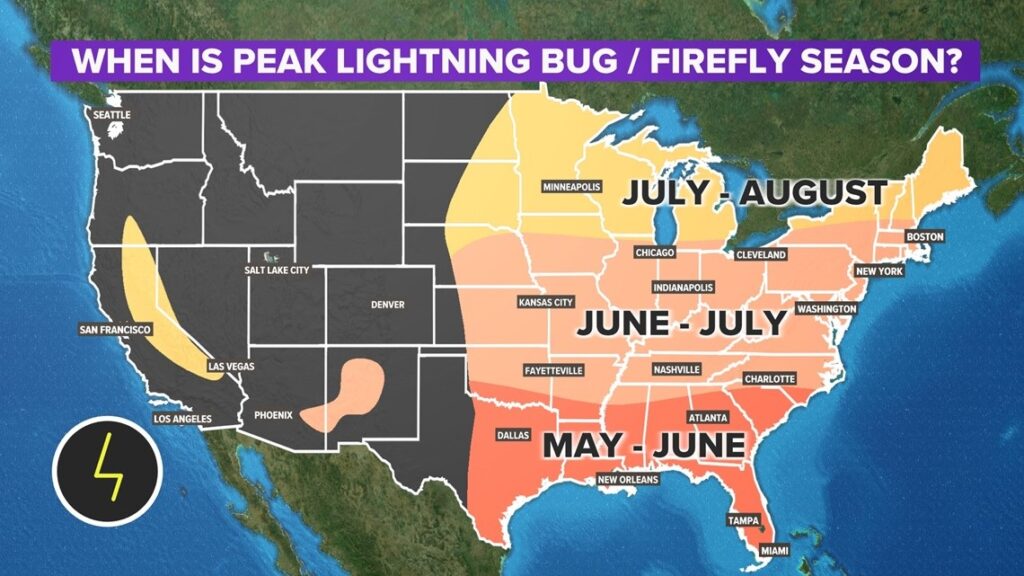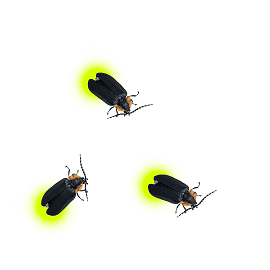
The flashes of lightning bugs, or fireflies as some people call them, on a warm summer night remind many of us of a childhood sense of wonder. Who hasn’t poked holes in the lid of a glass jar, stuffed it with grass to make it more comfortable and then filled it with these amazing insects? With peak lightning bug season upon us, their light displays will soon spark the curiosity and capture the imagination of the next generation.
As much as we love these harbingers of summer, several species are at risk. The Xerces Society and the International Union for Conservation of Nature (IUCN) are concerned about the survival of lightning bugs. The IUCN Red List looked at 128 species and determined 11% were threatened with extinction and 2% are near threatened.
Why Are Their Numbers Declining?
Habitat loss and degradation is a primary factor in the decline of lightning bugs. They depend on moist habitats, like wetlands, streams and damp undeveloped fields to complete their life cycle. Urbanization and commercial and residential development have led to the loss of these habitats throughout North America.
Another factor driving the decline is light pollution, which comes in several forms. All sources of artificial light at night, like street and house lights, vehicle headlights and billboards have a negative impact. Unfortunately, night sky brightness is only continuing to increase in both intensity and extent.

The third factor is pesticide and herbicide use. Just like pollinators, lightning bugs are collateral damage in our quest to eliminate nuisance pests.
Lightning Bug Fun Facts

- Lightning bugs are neither bugs nor flies. They are actually beetles.
- There are more than 2,000 species of lightning bugs and they are found worldwide.
- Lightning bugs use flashes as mating signals. The flashes are generally males looking for females. They flash a specific pattern while they fly, hoping for a female reply. If a female waiting in the grass or bushes likes what she sees, she responds back with a flash of her own. They will engage in this twinkling “conversation” until the male locates the female and they mate.
Help Bring Back the Lightning Bugs
Regardless of the reason for their decline, researchers agree that protecting, restoring and enhancing their habitat is one of the best ways to conserve their populations. You can help:

- Avoid pesticide use.
- Set aside natural areas of your yard to provide habitat.
- Plant native grasses, shrubs and trees.
- Eliminate unnecessary night lighting.
Fireflies are tiny messengers that whisper in darkness:
Princess Sassy Pants & Co.
Don’t lose hope because magic does exist!

Hi, I’m Debbie Palmer. I received a BS in Horticulture from Purdue University. Here at LMEF, I am responsible for outreach presentations, monitoring the lake and it’s wetlands, project manager for restoration and research projects, and act as a community resource for all things related to the well-being of Lake Maxinkuckee and its surrounding watershed. I completed Indiana Watershed Leadership Academy, volunteer with the Indiana Clean Lakes Program, Hoosier River Watch and Marshall County Lakes and Waters and serve as a Board Member for Indiana Lakes Management Society.


Recent Comments